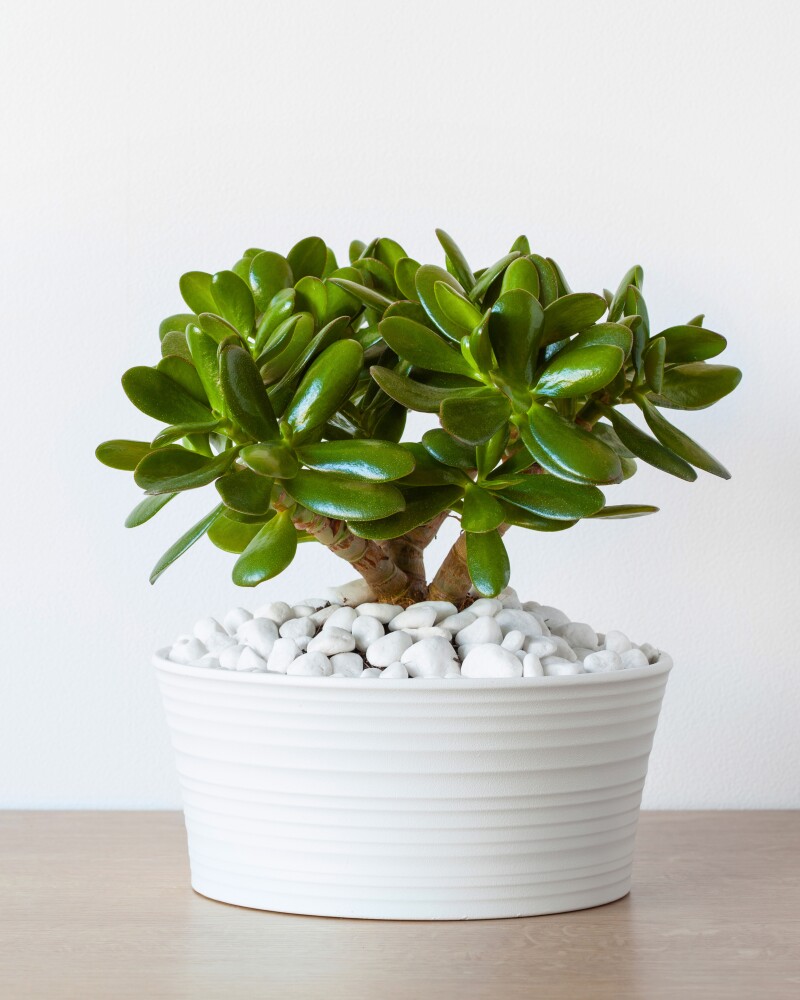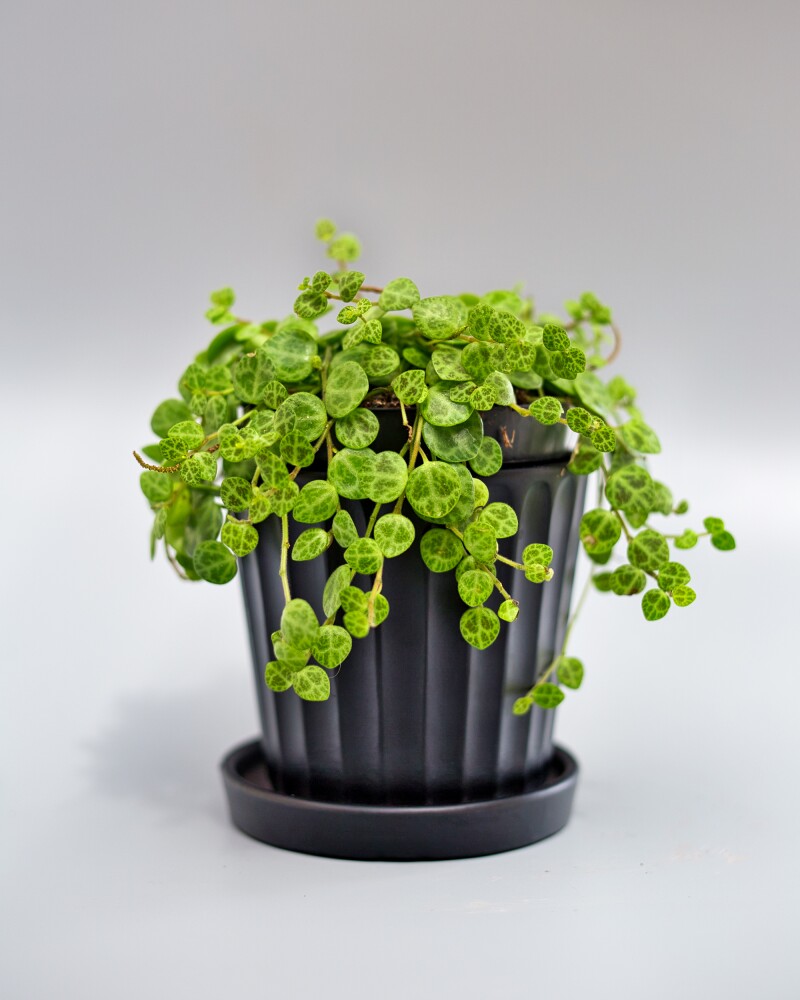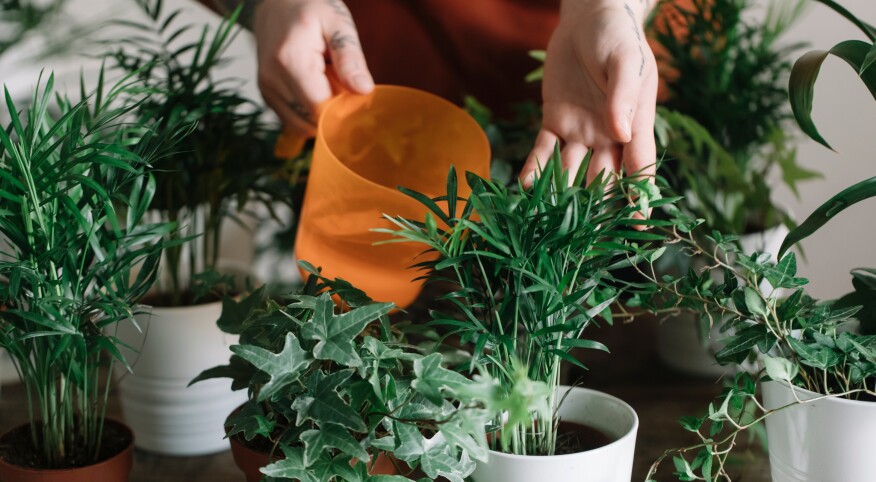I kill plants. It’s what I do. Preferred methods include waterboarding, starvation and neglect. I never met a Trader Joe’s orchid that I couldn’t fully dehydrate in less than three weeks. Once, I swear a Boston fern seemed to flinch as I approached it, almost imperceptibly so.
Then the pandemic happened and I started taking more of an interest in welcoming some live greenery into our house. I’d hoped it might somehow cleanse the stress-filled air my family was now sharing 24/7, while providing signs of life during a very bleak period … fleeting as plant life under my care may be. I visited a local greenhouse and requested a recommendation for something murder-proof. The nursery worker pointed me to a Xanadu philodendron — a pretty, bushy number with large, shiny leaves that tolerates fluctuations in light and humidity (aka neglect) well — plus a similarly even-keeled 3-foot-tall arboricola. I saved the receipt.
Somehow, seven months later, these two plants are still alive. And I am officially a member of the 2020/2021 botanical boom.
Pandemic plants are a definite thing right now. In a recent Trees.com survey of 1,000 adults, 64 percent said they took up plant-keeping during the pandemic, 88 percent said it enhanced their mental health, and 67 percent said it improved their physical health. In Well and Good’s 2021 wellness trend report, houseplants joined elevated athleisurewear, sex toys and half-scratch cooking meal kits. I love all of these things, basic as I apparently am.
According to Teresa Thomas, co-owner of Crazy Plant Bae in New Orleans, the boom in wannabe plant parents has something to do with a global need for comfort, the kind that comes from tending to the needs of a living being that doesn’t require remote schooling supervision or 18 snacks a day.
“Plants improve your mindset and give you hope — something to look forward to, and something to have control over,” says Thomas, who promotes love, self-care and photosynthesis at @CrazyPlantBae on Instagram. Keep reading for her and other plantfluencer-approved picks.
Best houseplants for the horticulturally challenged: snake plants or ZZ plants

Do you have a reputation for being, in the words of Someecards, a plant hospice worker? “Snake plants are golden,” Thomas says. Online, these babies are described as diehard, tough and forgiving. “Ever wonder why you never see artificial snake plants?” asks one gardening website. “It’s because … the real thing is pretty much unkillable and survives in almost any growing condition.”
Sometimes known as mother-in-law’s tongue, they have swordlike, yellow-edged leaves that grow straight up. Because they function similarly to a succulent, they need watering only once every two to eight weeks depending on how much light they get.
Thomas describes the ZZ plant as “an easy plant … she’s just there for the ride in life.” ZZ plants sport thick, waxy leaves and have an elaborate root system that’s great at holding on to water. “When you pay your rent or mortgage, water your ZZ, and she’ll be OK with that,” Thomas says. They can grow in any light — bright, indirect or even a windowless room, which is why you’ll sometimes see them in doctor’s office reception areas, she says. (Warning: ZZ plants can be toxic if ingested, so if you have pets or kids who like to nibble on things, avoid them.)
Most Instagrammable houseplant: Monstera deliciosa

“Their large tropical leaves will literally stop people from scrolling,” says Erin Harding, founder of cleverbloom.com, cofounder of @HousePlantClub, and coauthor of How to Raise a Plant and Make it Love You Back. Monsteras are the “it plant” of the moment, their likeness used to decorate everything from wallpaper to sundresses to [insert your favorite Boho decorative accent here]. They need brighter light conditions and should be watered once most of the soil becomes dry. (Stick a bamboo skewer all the way down the soil. If it come out dry, it’s time to water, Harding says.) Monsteras can grow pretty big, so be prepared to repot once a year. For inspiration, check out the #monsteramonday hashtag on Insta.
Best plants to spark good vibes: jade plants or money trees

Feng shui is the Chinese philosophy based on the notion that the energy in a space can be positive or negative, impacting the people living within. I’m assuming a mom who spends her days ranting about an absence of work-life balance and Googling “child + stomach ache + tummy bug or COVID?” is bad for feng shui. Balance it out with a jade plant, believed to throw off auspicious, welcoming energy. (This is one reason you’ll often see them placed near the entrance to Chinese-owned restaurants or businesses.) The juicy, coin-shaped leaves are also thought to attract wealth.
The bonsai-sized money tree, with its braided trunk and tropical feel, also juices up your home’s feng shui, per the livelyroot.com folks. “It's believed to encourage prosperity and good luck,” they say, and “some feng shui experts say these plants also reduce stress and anxiety, and can even help prevent arguments and sleeping disorders.” Place these plants in your home office, kitchen or front entry for maximum impact.
Best houseplant to liven up your desk: peperomia

These pretty little things come in hundreds of varieties and colors to perk up your workspace: purple; watermelon-patterned; army green outlined in magenta; even one kind with leaves that are green on top but red on the bottom, like Louboutins. Peperomia leaves are thick and plump (it’s considered a semi-succulent) and fairly low-maintenance, requiring only weekly watering. They do need light, though; a bright room with indirect light will do.










